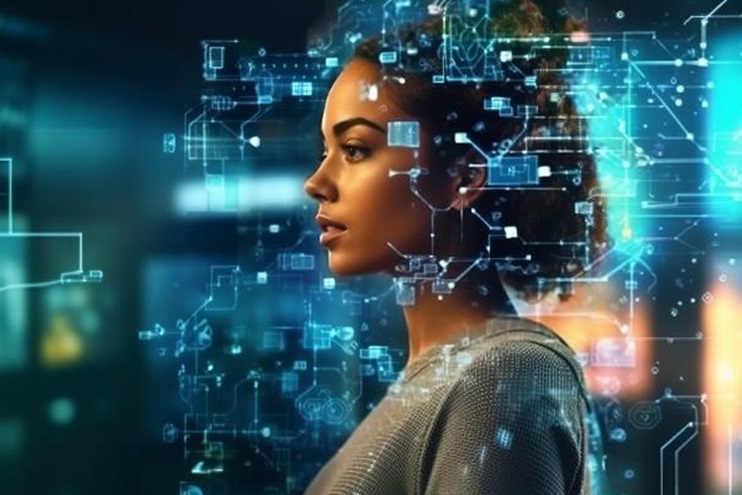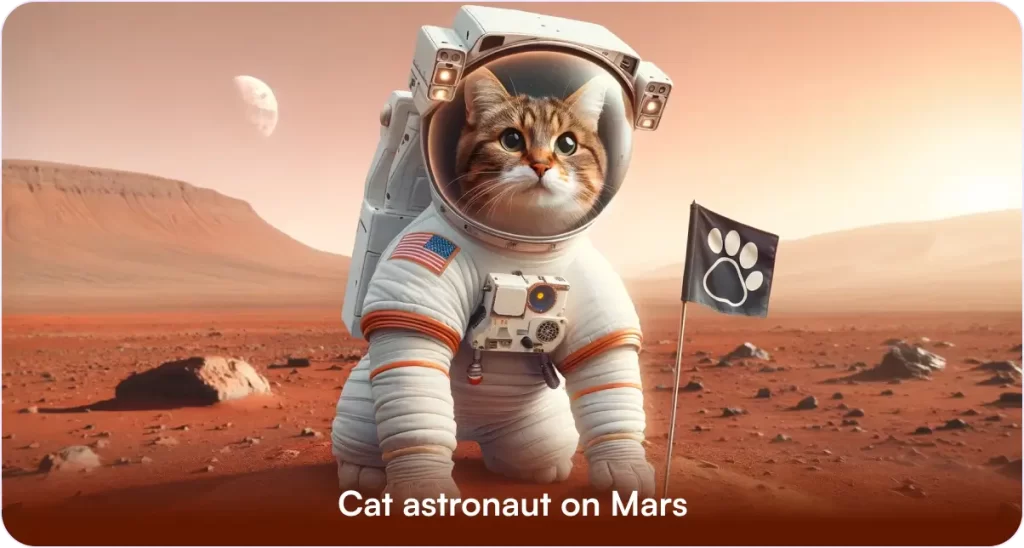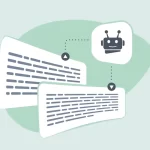Introduction
In recent years, the field of AI has taken a giant leap with text-to-image generation, where AI models convert descriptive text prompts into visual images. From creating realistic photos to imaginative artworks, text-to-image AI has revolutionized digital content creation. But how does this technology work? In this article, we’ll break down the core process behind text-to-image AI, from understanding the prompt to creating the final image.
Section 1: What is Text-to-Image AI?
Text-to-image AI is a type of generative model that creates images based on textual input. By training on large datasets of paired text and images, these models learn to interpret text descriptions and visualize them as coherent images. This technology can be used for various purposes, including artistic creation, gaming, marketing, and more.
Section 2: Core Components of Text-to-Image Generation
Before we dive into the step-by-step process, it’s essential to understand the core components:
- Dataset: Text-to-image models are trained on massive datasets containing images paired with descriptive captions. This helps the model learn associations between words and visual elements.
- Neural Networks: Most models use neural networks, particularly deep learning architectures like Generative Adversarial Networks (GANs) and Diffusion Models, to process text and generate images.
- Transformer Models: Transformers like CLIP (Contrastive Language–Image Pretraining) help interpret and relate text to visual concepts.
Section 3: Step-by-Step Process of Text-to-Image Generation
Step 1: Processing the Text Prompt

The process begins when you input a text prompt, such as “A sunset over a mountain range.” The AI model breaks down this sentence into key elements:
- Entities: The model identifies objects, like “sunset” and “mountain range.”
- Attributes: It also notes descriptive details, such as colors or ambiance, like “sunset” implying an orange or pink color scheme.
- Relationships: The model considers spatial or logical relationships, understanding that the sunset is above the mountains.
Technical Note: Text encoders, often using transformer-based architectures like CLIP, process the text prompt, transforming it into a format (vector) the AI model can understand and use to generate images.
Step 2: Generating Initial Features with a Latent Vector
Once the text prompt is processed, the model translates it into a latent vector – a complex mathematical representation of the prompt. This vector contains high-dimensional data about the colors, shapes, and relationships described in the text.
Technical Note: The model uses an encoder to map the text to this latent space, encoding information that will guide the visual aspects of the generated image.
Step 3: Synthesizing an Image with a Generator Network
Next, a generator network (such as a GAN or Diffusion Model) begins synthesizing an image based on the latent vector. The generator starts from a “noise” image – essentially, random pixels – and iteratively adjusts it to match the elements and style described in the prompt.
- GANs (Generative Adversarial Networks): GANs use two networks – a generator and a discriminator. The generator creates images based on the latent vector, while the discriminator checks how real or “on-prompt” the image looks, providing feedback until the output resembles the description.
- Diffusion Models: Diffusion models gradually refine the image from noise, adding details in stages. These models are particularly good at creating coherent, high-resolution images.
Step 4: Refinement and Iteration
The model then undergoes multiple passes to improve image quality and alignment with the prompt. This stage involves:
- Upscaling: Adjusting the resolution to make the image more detailed and visually appealing.
- Refinement Passes: Iteratively refining colors, shapes, and textures to better match the prompt’s elements.
Technical Note: Some models use attention mechanisms to focus on critical parts of the prompt, like highlighting the mountain range in the sunset example.
Step 5: Finalizing the Output
After several passes, the AI finalizes the image, delivering a coherent visual representation of the input prompt. The finished image may be subject to additional filters or enhancements depending on the model’s capabilities.
Section 4: Popular Models for Text-to-Image Generation
Let’s look at a few popular text-to-image AI models that use this process:
- DALL-E 2: Developed by OpenAI, DALL-E 2 can generate highly realistic images from complex text prompts. It uses a diffusion-based approach and excels in creative visual tasks.
- Stable Diffusion: An open-source model, Stable Diffusion uses diffusion networks and has quickly become popular for its flexibility and accessibility.
- Midjourney: Known for its artistic style, Midjourney uses proprietary technology to interpret text and create unique visuals, often used in art and design.
Section 5: Challenges and Limitations
While text-to-image AI has made impressive strides, it’s not without challenges:
- Ambiguity in Prompts: Complex or ambiguous prompts can produce unexpected or nonsensical images.
- Bias in Training Data: AI models may inherit biases from their training data, potentially leading to stereotyped or biased images.
- Technical Limitations: Some models struggle with generating complex details, realistic human faces, or accurate hand shapes.
Conclusion
Text-to-image AI offers an incredible new way to visualize ideas, creating images from textual descriptions with remarkable accuracy. By breaking down the process, we can better appreciate the complex work of neural networks, latent vectors, and generators. As technology advances, we’re likely to see even more refined and creative applications of text-to-image AI, making it a valuable tool for creators, artists, and businesses alike.


